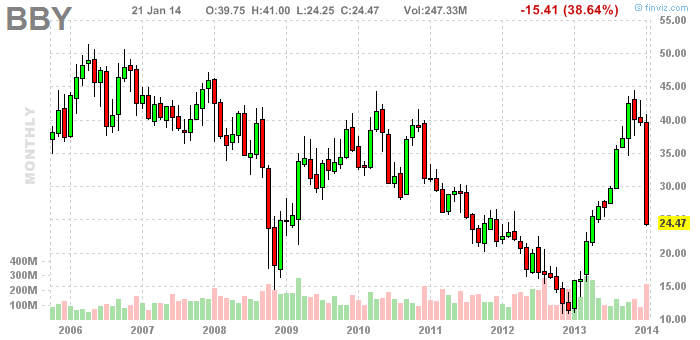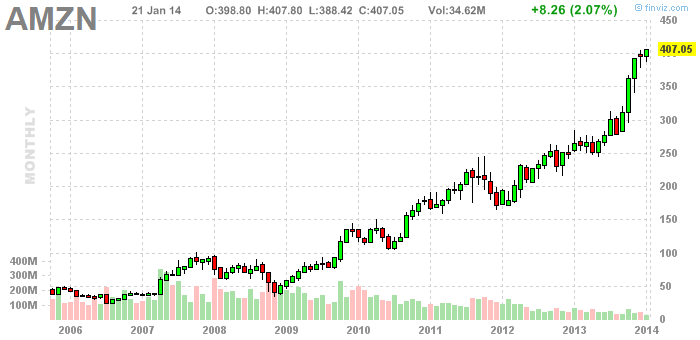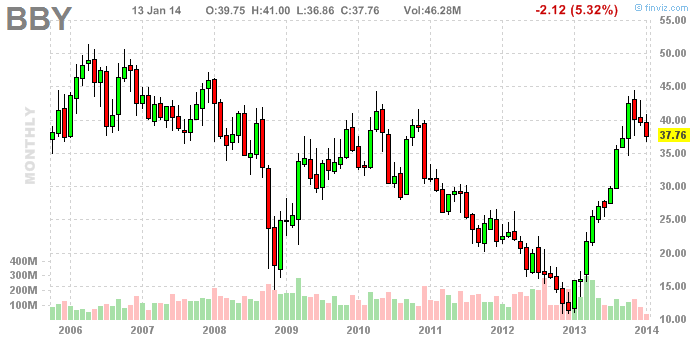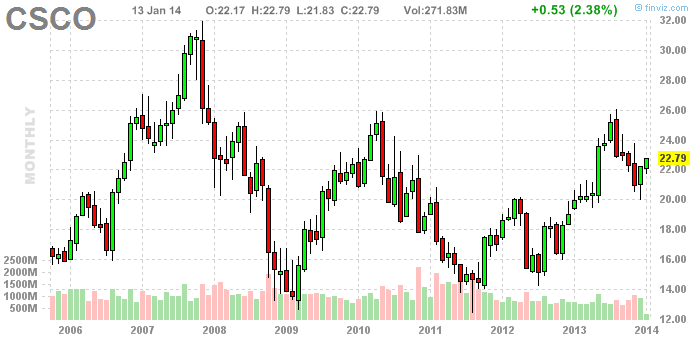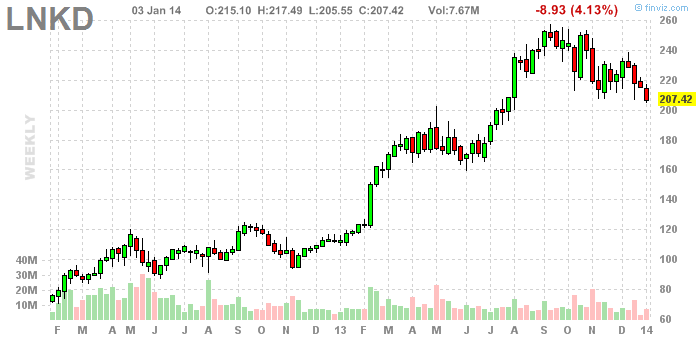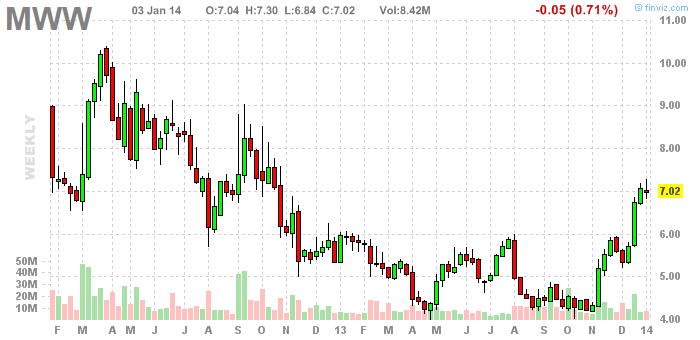Successful long-term investing requires investors to understand the competitive forces that are acting on a specific company, sector, etc. Our last post was about how even Amazon, that ran countless physical stores out of business, is itself facing a threat from Alibaba. Investors should play close attention to how companies handle disruption in their traditional businesses and hop onto the next growth phase. Because once a disruptive technology takes hold, it is only a matter of time before all niches within an industry feels the heat.
It is frequently mentioned how “show-rooming” destroyed Best Buy and other electronic stores. Would-be buyers would often just walk into a physical Best Buy store, check out the merchandise and order it online on Amazon. However, clothing was one area where a physical store still made sense. Buyers still prefer to try the clothes on before paying for it. It appears that Amazon is now trying to find a way around the problem. A Westfield shopping mall in London plans to offer a service to consumers that will allow them to try on clothes they purchased online. A bad fit or an unpleasing style can earn a customer a credit back on the spot. Online shoppers receive a text message when their item has arrived at the mall and is ready to be sampled. (SA) So instead of fighting show-rooming, the mall is making it easier for customers to do what they intended to do anyway. And retailers who sought refuge by going upmarket into clothing will now have to search for a new niche to occupy.
Amara’s law teaches us that we tend to overestimate the amount of change in the short term but under-estimate it in the long term. However, spotting disruptive business models early is very powerful but arguably difficult. Take a look at the newspaper industry, for example:
Years of steady linear growth followed by a cliff-dive.
In a recent article at HBR, Scott Anthony writes:
One way is to pay very careful attention to any development that fits the pattern of disruptive innovation – something that makes it simpler, easier, or more affordable for people to do what used to be complex or costly – emerging in the edges of your industry. You may see the signs in a fringe group of customers. Pay attention when college students pick up what appears to be an inferior product as a workaround substitute for one of your products. Or when they start behaving in new ways (as when they started providing status updates on social networks). Or you may see suppliers or distributors start to encroach on what you considered to be your business. Perhaps new competitors are starting to emerge from industries that historically had only a tangential connection to yours. Pay particularly close attention any time someone comes toward your market with a business model that looks highly unprofitable to your company or is based on a technology that no one in your company understands very well.
Easier said than done. But developing a keen sense of disruptive technologies in industries that one invests in is essential for success.
Related articles






